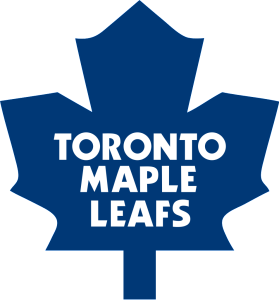 1. C Auston Matthews (ZSC Lions, SUI):
1. C Auston Matthews (ZSC Lions, SUI): The hockey gods rewarded Toronto’s tortured fanbase with the opportunity to bask in the glee from receiving the club’s first top pick in 31 years. That pick should be Matthews, a dynamic, franchise-changing pivot who nearly won the Swiss League’s MVP award as an 18-year-old. A dominant player whether he’s shooting it or dishing it out, he’s ready for the rigors of the NHL, and his upbringing will prevent the GTA pressure cooker from bugging him.
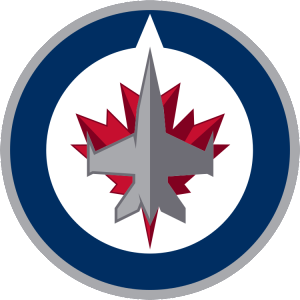 2. LW Patrik Laine (Tappara, Liiga)
2. LW Patrik Laine (Tappara, Liiga): Laine is not only the best pure goal scorer in his draft class, but is the most lethal draft-eligble sniper since that guy named Alex Ovechkin back in 2004. A big-bodied winger with a deadly shot, Laine was a catalyst behind Finland’s WJC gold medal and was recently named the Liiga playoff MVP. He gives Winnipeg its first brand-name star since Teemu Selanne, but Laine’s impact on the city will be similar to what Dale Hawerchuk did for the fanbase in the 1980s.
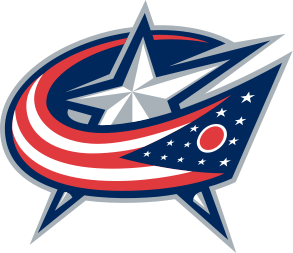 3. RW Jesse Puljujarvi (Karpat, Liiga):
3. RW Jesse Puljujarvi (Karpat, Liiga): The Jackets are always tough to play against regardless of record, but Puljujarvi’s enthusiasm and high-end skill adds a dimension they’ve missed since trading Rick Nash. He had a record-setting performance en route to gold for Finland at the WJC, and followed it up with both an excellent postseason and another gold for his country at last month’s U18 tournament. Big, strong, yet flashy and graceful, Puljujarvi is ready to contribute immediately.
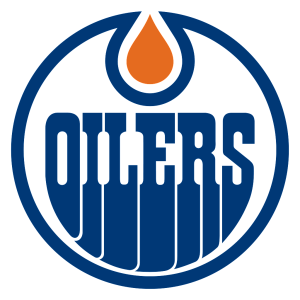 4. LHD Jakob Chychrun (Sarnia Sting, OHL):
4. LHD Jakob Chychrun (Sarnia Sting, OHL): There’s simply no reason for the Oilers to do anything else but answer the nagging question about their defense with the draft’s best defenseman. No draft-eligible blueliner embodies what a top-pairing workhorse should be than Chychrun, who has the size, shot, speed and smarts to offset the problems plaguing Edmonton’s backline. He played close to 30 minutes a night for a tightly-run Sarnia squad and has exceptional recovery time between shifts.
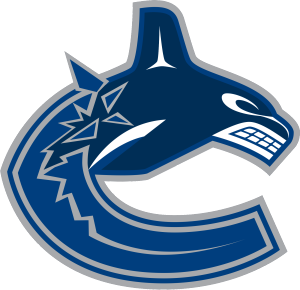 5. C/LW Pierre-Luc Dubois (Cape Breton, QMJHL):
5. C/LW Pierre-Luc Dubois (Cape Breton, QMJHL): The Canucks may have missed out on the draft’s big names, but this bruising power forward may very well make the others a footnote in hockey history. Dubois is a fierce competitor with a linebacker’s build (6’2/210) and the hands of a magician. He’s a nightmare to match up against, and his freakish size is a result of a tremendous off-ice work ethic. Dubois’ good at forcing opponents into catastrophic mistakes. A real leader with star potential.
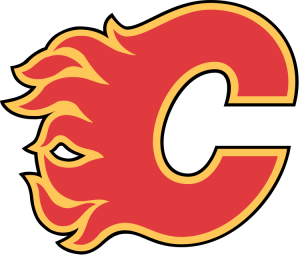 6. LW Matt Tkachuk (London Knights, OHL):
6. LW Matt Tkachuk (London Knights, OHL): The sting from a disappointing season in Calgary gets soothed with the arrival of the draft’s best playmaking big man, who’s not a bad goal scorer either. In Matt Tkachuk — son of Keith Tkachuk — the apple did not fall far from the tree. He is a menacing, low-maintence power wing whose zone entries are a thing of beauty. Patient, smart and freakishly strong, he should make money with the young group of studs being assembled in Cowtown.
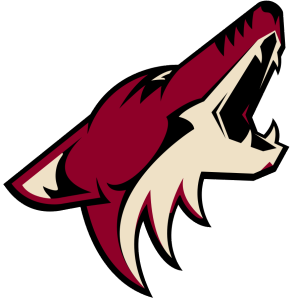 7. LHD Olli Juolevi (London Knights, OHL):
7. LHD Olli Juolevi (London Knights, OHL): Arizona opted to ignore the need for a high-end defenseman last draft by taking center Dylan Strome over Noah Hanifin, but they won’t do the same in 2o16. They could go for a blueliner with more offensive upside like Mikhail Sergachev or Jake Bean, but Juolevi is a calming presence their collection of skill forwards will need without the worry of the ship’s stern side sinking after every rush. He was outstanding for Finland at the WJC’s, and he’s anchored an inexperienced back end for London which will challenge for a Memorial Cup.
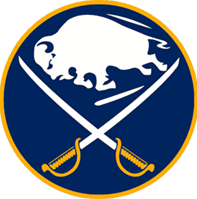 8. RW/LW Alexander Nylander (Mississauga Steelheads, OHL):
8. RW/LW Alexander Nylander (Mississauga Steelheads, OHL): The Sabres could use some help on their blue line, but seeing Jack Eichel robbed of assist after assist from wingers devoid of finishing has to bother GM Tim Murray. Enter Alex Nylander, a silky-smooth sniper with world-class finishing skills. The OHL Rookie of the Year in 2016, he scored big goals for Sweden at Hlinka, and followed that up with top-line production at both the WJC and the U18’s. Nylander is patient with the puck, but he’s decisive and makes the right choices.
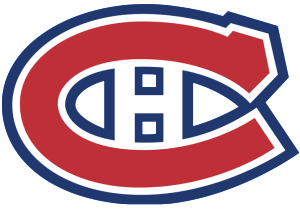 9. LHD Mikhail Sergachev (Windsor Spitfires, OHL):
9. LHD Mikhail Sergachev (Windsor Spitfires, OHL): A thick-bodied defender with a howitzer for a shot and outstanding offensive instincts, Sergachev led OHL rearguards with 17 goals and finished third in scoring with 57 points. His transition from Russia to the North American style was seamless, and he was the Spits’ top option for both the power play and penalty kill. He can be physical, but what makes him special is how quickly he transitions from defense to offense, and make momentum-shifting plays in all three zones.
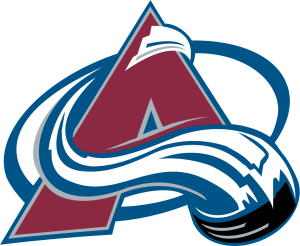 10. C Michael McLeod (Mississauge Steelheads, OHL):
10. C Michael McLeod (Mississauge Steelheads, OHL): Mississauga was loaded with draft-eligible talent this year, but the one guy who drove the proverbial engine was this lightning-quick playmaker who gelled with Alex Nylander to form one of the OHL’s lethal duos. McLeod has size and a soft set of hands, but he won close to 60% of his draws and is used in critical situations. The Av’s could use winger help, but the gritty McLeod adds a dimension this draft is lacking.
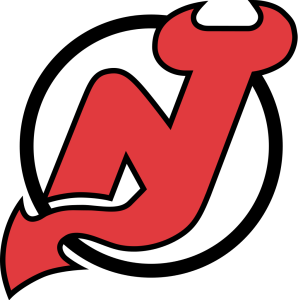 11. C Clayton Keller (U.S. NTDP):
11. C Clayton Keller (U.S. NTDP): A razor-sharp finesse pivot with off-the-charts vision and a predator’s mindset, Keller’s now part of a short but elite list of talented NTDP’ers who crushed the competition before moving on to face tougher challenges. Not that it will matter to Keller, who this season centered the top line and was Team USA’s top player at every international event he participated in. He’s a fiery competitor who refuses to take a shift off and his nonstop motor allows him to perform at a high level regardless of how long his shifts are.
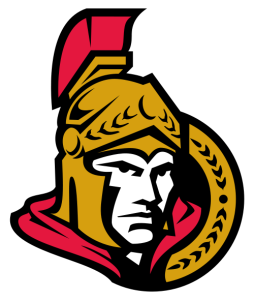 12. C Logan Brown (Windsor Spitfires, OHL)
12. C Logan Brown (Windsor Spitfires, OHL): There are a lot of things to like about the 6’6 center from North Carolina: he’s got sick playmaking abilities and a deadly shot (when he uses it), as well as NHL bloodlines (his father Jeff was a defenseman for the the Nordiques and Blues, among others). Nobody questions his God-given talents, and the Sens could sure use some size up the middle. They could go for a pure goal scorer like Luke Kunin, Kieffer Bellows or Julien Gauthier, but Brown offers up the most upside with the shortest path to the NHL.
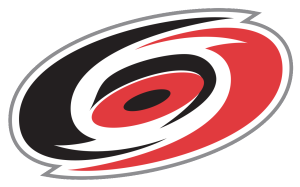 13. RW Luke Kunin (Wisconsin, Big-10):
13. RW Luke Kunin (Wisconsin, Big-10): An arsenal of playmakers within their system will require some serious finishers, and who better than the Badgers’ top goal scorer, who led his team in goals as a freshman after dazzling at the 2015 U18’s and the All-American Top Prospects Game. Kunin is a three-zone thoroughbred with a blistering shot and excellent skating ability who battled through diabetes to produce one of the nation’s finest freshman campaigns. This kid can score goals, and will do so in bunches.
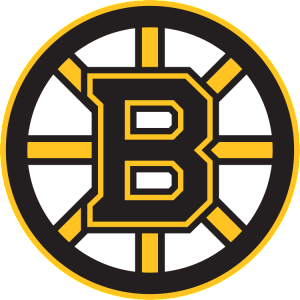 14. LW Max Jones (London Knights, OHL):
14. LW Max Jones (London Knights, OHL): It’s tough to tell whether the Bruins’ management viewed 2016 as a failure or a success. Nevertheless, the B’s weren’t that tough to play against, and Max Jones certainly addresses that need. Somewhat buried behind London’s bevy of talent, Jones is a freight train on skates with overlooked smarts and a deadly shot. He’s posterized the best the OHL has to offer, and did so while playing limited minutes. He toes that line between rugged and downright dirty, but he can kill penalties and carry a team on his back if the situation warrants it.
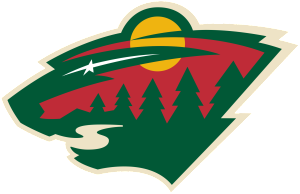 15. C Tyson Jost (Penticton Vees, BCHL):
15. C Tyson Jost (Penticton Vees, BCHL): Tremendous puck distributor with finishing abilities who shattered Canada’s scoring mark at the U18’s. Jost was one of the WHL’s top picks in 2013 but spurned the CHL for North Dakota, where he’ll suit up for the defending NCAA champs this fall. The Wild seem set at center, but Jost could be the one who leads them to greener pastures. He can play wing or up the middle, and is used in every situation imaginable. This kind of versatility from a polished youngster is rare, and an argument can be made that if Minnesota wants him, it may have to trade up to nab him.
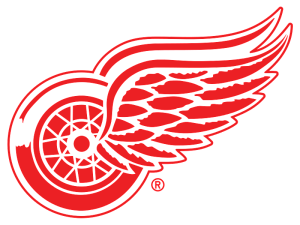 16. C German Rubtsov (Russia U18, MHL):
16. C German Rubtsov (Russia U18, MHL): Detroit’s playoff train kept on rolling for a 26th straight season, but it’s failed to reach the third round every year since 2009. Rubtsov may be raw, but he’s the kind of player who may very well bridge the gap between Pavel Datsyuk and the dynamic the Wings are losing. Strong as an ox and slick as a sidewinder, Rubtsov was banned from the U18’s for a team-wide doping scandal but remains the draft’s top two-way center.
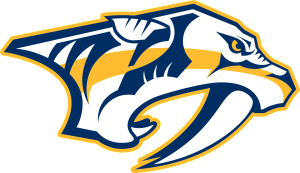 17. LW Kieffer Bellows (U.S. NTDP):
17. LW Kieffer Bellows (U.S. NTDP): Being mean and ridiculously skilled at the same time can have its perks, as Bellows can be one intimidating presence to defend against. He’s one of a handful of NTDP’ers to score 50 goals (Phil Kessel, Patrick Kane and Auston Matthews), and comes from good stock — father Brian scored close to 500 goals over 17 NHL seasons. His heavy-hitting style and quick-strike mentality will serve him well as he transitions to the NCAA for Boston University.
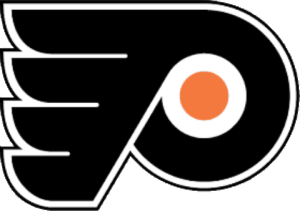 18. RW Julien Gauthier (Val-d’Or Foreurs, QMJHL):
18. RW Julien Gauthier (Val-d’Or Foreurs, QMJHL): The Flyers could use some help on the wing, and this beastly two-way sniper with an array of ways to fill the net could end up being a steal this late. He was the only draft-eligible to make Canada’s WJC team, and made the most of his limited minutes. His Christy Mathewson-esque stat-line for Val-d’Or (41g, 16a) may emit the skill set of a one-dimensional winger, but Gauthier can sure dish the puck with precision when he wants to. He finished sixth in the QMJHL with 41 goals — 30 scored at even strength or shorthanded, and tied for third in the league with eight “first goals”.
 19. RHD Charlie McAvoy (Boston University, Hockey East):
19. RHD Charlie McAvoy (Boston University, Hockey East): A year ago, the upstart Islanders seemingly were set on the blue line. Trading Griffin Reinhart and the uncertainty with Travis Hamonic may put a dent in their ability to defend, and who better to address it than McAvoy, a Long Island native who was one of the NCAA’s top freshman blueliners. He can skate and lay you out with a hit, and if opponents give his some room, yank you out of your seat.
 *20.(NYR) RHD Dante Fabbro (Penticton Vees, BCHL):
*20.(NYR) RHD Dante Fabbro (Penticton Vees, BCHL): Drafting two defensemen within 13 picks of the first round may not sound ideal, but Arizona’s talent pool is overflowing with forwards. Fabbro is a righty blueliner who was named the BCHL’s top defenseman before putting on quite a show at the U18’s in April. He is mobile and versatile with the ability log big minutes, running both the power play and the penalty kill in the process. Fabbro will join likely first rounders Kieffer Bellows, Charlie McAvoy and Clayton Keller, and 2016 draft prospect Chad Krys at Boston University in the fall, but it’ll be interesting to see how coach David Quinn divvies up ice time and responsibilities.
 *21.(LAK) C/LW Pascal Laberge (Victoriaville Tigres, QMJHL):
*21.(LAK) C/LW Pascal Laberge (Victoriaville Tigres, QMJHL): There’s a chance Ron Francis goes off the board here, but Laberge is too disciplined and mature a player to pass up. He’s versatile and heady, blessed with a laser of a shot and a deft touch. Laberge isn’t a mountain of a man at this stage (6’1, 175), but you have to figure he’ll bulk up and become an even bigger nuisance to play against. His instincts are solid and he can be counted on for late-game situations, but he’ll probably stay on the wing.
 *22. (CHI) LHD Jake Bean (Calgary Hitmen, WHL):
*22. (CHI) LHD Jake Bean (Calgary Hitmen, WHL): The Jets likely miss the chance to draft one of the right-handed defensemen their prospect pool could use, but Bean’s offensive prowess and ability to run a power play makes this an easy choice. He’s got a lot to work on defensively, but the Jets should be willing to gamble that he eventually does so. He owns a heck of a shot and sees the ice like a seasoned veteran, and the way he handled, at times led Calgary’s youthful group says a lot about this late bloomer’s make up. Bean skates with excellent agility and mobility with pro-level pivoting. He can stickhandle out of trouble, which is the recommended option since he’s prone to throw the puck into the middle of the ice regardless of whether or not he’s being harassed by a forechecker. Bean plays with confidence, but it can get him into trouble.
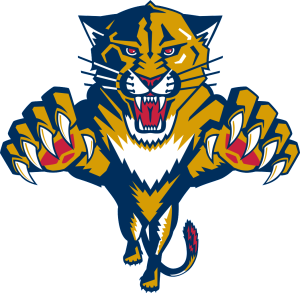 23. RW Vitalii Abramov (Gatineau Olympiques, QMJHL):
23. RW Vitalii Abramov (Gatineau Olympiques, QMJHL): The Panthers already have a gem prospect on the left flank in Lawson Crouse, so why not augment his brawn with this draft’s version of the Tazmanian Devil? Abramov is a superior stickhandler with electrifying moves and edge work he clearly spends countless hours perfecting. He’s listed at 5’9, but his puck control and skating ability allow him to target and attack bigger opponents with extreme confidence. And not every move up ice involves a dangle or spin-o-rama — he will take direct routes with speed straight to the cage.
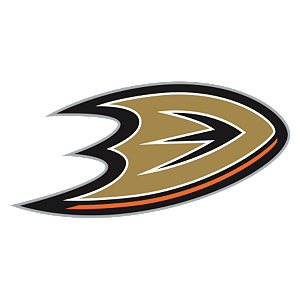 24. LW Alex DeBrincat (Erie Otters, OHL):
24. LW Alex DeBrincat (Erie Otters, OHL): This diminutive winger is far too explosive to ignore late in the first round, and he’s made a strong case for being a best-player-available type even sooner. DeBrincat crushed the OHL for the second straight year to a tune of 51 goals — 38 at even strength or shorthanded — and 101 points. But there’s far more to his game than just offense — he’s a tireless worker who competes every shift and will battle for (and win) positioning against any player, regardless of size. Not only does he possess the softest hands of any draft-eligible peer, but he plays a disciplined game to boot.
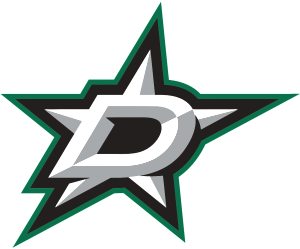 **25. G Carter Hart (Everett Silvertips, WHL):
**25. G Carter Hart (Everett Silvertips, WHL): The Stars like to take big swings with their top picks, but the writing is on the wall after their postseason– if you’re going to run an up-tempo offense, you need a low-maintenance goalie to preserve leads. Hart, who won the WHL’s Goaltender of the Year award, is still a few years away, but he’s technically superior to any netminder in this class. He’s a classic butterfly goalie with good net awareness but even better tracking ability, and his size (6’1) shouldn’t be a problem at higher levels.
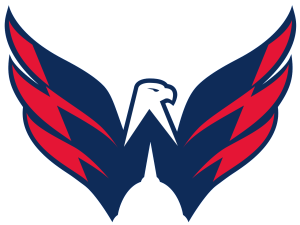 26. C Rasmus Asplund (Farjestad BK, SHL):
26. C Rasmus Asplund (Farjestad BK, SHL): Dependable two-way center with very good speed and a willingness to get dirty. He’s a bit of a pest and uses his quickness to hound defenders on the forecheck. A workhorse with a good wrist shot, Asplund has two full SHL seasons under his belt, so he’ll be in the NHL sooner than the majority of his draft peers. He can also contribute in the dot — he won over 65% of his combined draws for Team Sweden and 50% against older SHL competition.
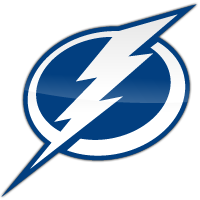 27. C/W Brett Howden (Moose Jaw Warriors, WHL):
27. C/W Brett Howden (Moose Jaw Warriors, WHL): A crafty yet undervalued two-way center with excellent vision, Howden’s point totals would be way higher had he not taken a back seat to Moose Jaw star vets like Brayden Point and Dryden Hunt. He can also play wing, kill penalties, and has absolutely no problem running a power play. Howden isn’t as fast as brother Quinton (25th overall in 2010), but he makes up for it with smart positioning, a soft touch and strong all-around hockey sense. He passes the puck with pinpoint accuracy to either side of the ice and owns a strong repertoire of basic hockey skills hard to find in a teenager.
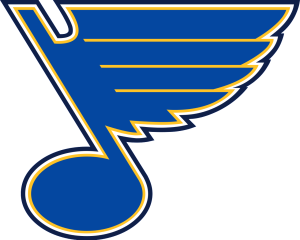 28. LHD Libor Hajek (Saskatoon Blades, WHL):
28. LHD Libor Hajek (Saskatoon Blades, WHL): Underappreciated blueline stalwart who (all things considered) did a stellar job helping a rebuilding Saskatoon club from getting steamrolled every night. Big, quick and consistently sound with his positioning, Hajek is an excellent option for a top-pairing support role. He doesn’t have the best shot in the world, but more times than not he’ll can make plays out of nothing. Hajek can check with authority and will never back down from a challenge, which can set the tone for the rest of his teammates. He uses his body and reach to his advantage, and turning your back towards the wall to protect the puck generally doesn’t offer the kind of security you’re expecting.
 *29 (SJS). C Sam Steel (Regina Pats, WHL):
*29 (SJS). C Sam Steel (Regina Pats, WHL): Steel is a power play specialist who played a big role in Regina’s playoff push, scoring points in 10 of 12 games. He finished the season on a tear to help his draft stock, but he convinced us well before that he was a first-round talent. Fast and elusive with a very good shot and quick release, Steel is a pivot to be used in any situation, and he’s a constant threat from anywhere on the ice. His ability to anticipate where the puck will be helps him sneak towards the goal with the hammer cocked, and he has incredibly soft hands to receive a pass, or settle down a bouncing, loose puck.
 *30 (PIT). C/LW Tyler Benson (Vancouver Giants, WHL):
*30 (PIT). C/LW Tyler Benson (Vancouver Giants, WHL): A cyst removal followed by a groin injury limited this fierce competitor to less than half a season. But when Benson played, he certainly lived up to his pre-draft standing as one of Western Canada’s top prospects. The trips to sick call bumped him down from a likely lottery selection, but all reports indicate he’s ready for June’s draft combine, where his elasticity and leg drive will be looked at with extreme interest. A mature lad with leadership qualities, Benson is an excellent finisher and an all-around offensive force who like to play physical.
*Boston owns San Jose’s 2016 1st round pick from the Martin Jones trade.
*Toronto owns Pittsburgh’s 2016 first round pick from a condition in the Phil Kessel trade.
*Carolina owns Los Angeles’s’ 2016 1st round pick from the Andrej Sekera trade.
*Arizona owns the New York Rangers’ 2016 1st round pick from the Keith Yandle trade.
*Winnipeg owns Chicago’s 2016 1st round pick from the Andrew Ladd trade.
**Calgary would own Dallas’s 2016 1st round pick if Stars’ defenseman Kris Russell plays in half of their games and they reach the Conference Finals (Condition not met — Dallas’s 2016 2nd round pick transfers to Calgary).
 23. RW Vitalii Abramov (Gatineau Olympiques, QMJHL): The Panthers already have a gem prospect on the left flank in Lawson Crouse, so why not augment his brawn with this draft’s version of the Tazmanian Devil? Abramov is a superior stickhandler with electrifying moves and edge work he clearly spends countless hours perfecting. He’s listed at 5’9, but his puck control and skating ability allow him to target and attack bigger opponents with extreme confidence. And not every move up ice involves a dangle or spin-o-rama — he will take direct routes with speed straight to the cage.
23. RW Vitalii Abramov (Gatineau Olympiques, QMJHL): The Panthers already have a gem prospect on the left flank in Lawson Crouse, so why not augment his brawn with this draft’s version of the Tazmanian Devil? Abramov is a superior stickhandler with electrifying moves and edge work he clearly spends countless hours perfecting. He’s listed at 5’9, but his puck control and skating ability allow him to target and attack bigger opponents with extreme confidence. And not every move up ice involves a dangle or spin-o-rama — he will take direct routes with speed straight to the cage. 24. LW Alex DeBrincat (Erie Otters, OHL): This diminutive winger is far too explosive to ignore late in the first round, and he’s made a strong case for being a best-player-available type even sooner. DeBrincat crushed the OHL for the second straight year to a tune of 51 goals — 38 at even strength or shorthanded — and 101 points. But there’s far more to his game than just offense — he’s a tireless worker who competes every shift and will battle for (and win) positioning against any player, regardless of size. Not only does he possess the softest hands of any draft-eligible peer, but he plays a disciplined game to boot.
24. LW Alex DeBrincat (Erie Otters, OHL): This diminutive winger is far too explosive to ignore late in the first round, and he’s made a strong case for being a best-player-available type even sooner. DeBrincat crushed the OHL for the second straight year to a tune of 51 goals — 38 at even strength or shorthanded — and 101 points. But there’s far more to his game than just offense — he’s a tireless worker who competes every shift and will battle for (and win) positioning against any player, regardless of size. Not only does he possess the softest hands of any draft-eligible peer, but he plays a disciplined game to boot.


